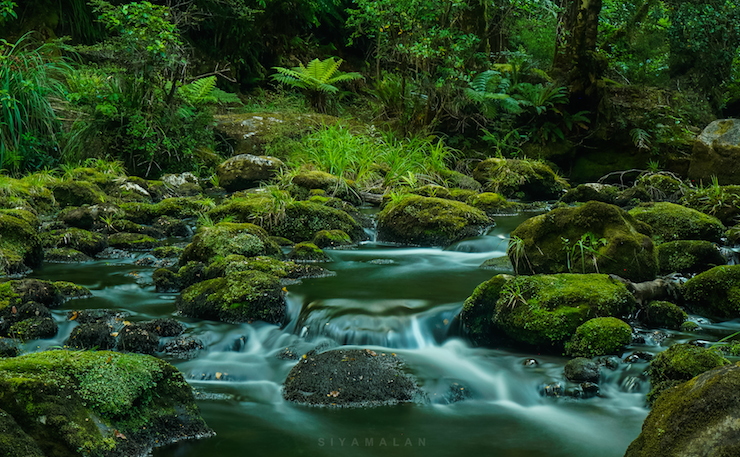In New Zealand, what was once a National Park is now a ‘legal personality’ – and by the end of the year, the country’s third largest river is likely to be recognised as having its own presence, needs, and wellbeing too.
Something revolutionary happened quietly across the Tasman in 2014: A very special statute was passed, transforming the Te Urewera National Park into a unique entity with “all the rights, powers, duties, and liabilities of a legal person”.
Now, that tract of more than 200,000 hectares of remote wilderness on New Zealand’s North Island has the capacity to go to court. With a little help from its Traditional Owners, the Tūhoe tribe, Te Urewera can defend itself from the damage that corporations – which have long had legal rights – are wont to inflict on it.
Stretching almost 300 kilometres, the Whanganui River winds its way through a remote valley, also on the North Island. If legislation conferring similar rights on the River to those that the Te Urewera already enjoy passes Parliament (as expected later this year), the Whanganui might one day wind up in court as a ‘legal person’, too.
What a difference a Treaty makes.
The innovative idea of ‘legal personhood’ in the natural world is the product of a process of ‘Settlements’ linked to the Treaty of Waitangi. The Kiwi Government has long conceded it didn’t always honour its side of the bargain, and for decades has been running a process to reconcile those wrongs.
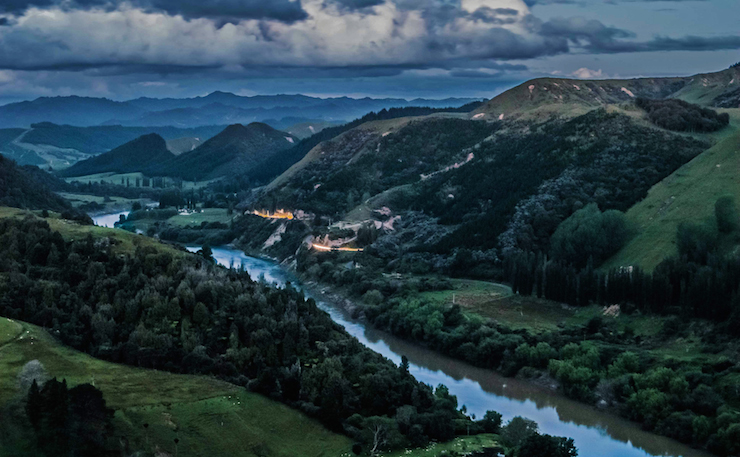
It’s only recently, however, that the concept of granting ‘personhood’ to areas or features of nature has come out of the legal woodwork. It’s a beautiful idea, which winks prosaically out of the statute that gave birth to ‘Te Urewera’. The land is described as “ancient and enduring, a fortress of nature, alive with history”. Crucially, it is acknowledged to have “an identity in and of itself”.
At its bare bones, the concept of ‘legal personhood’ was devised to break a stalemate over the notoriously sticky question of ownership. The government has a policy of not returning National Parks to Māori ownership, but the Tūhoe tribe had always demanded it do just that.
By granting ‘legal personhood’ to Te Urewera the land was placed above ownership.
As the country’s then Minister for Māori Affairs, Dr Pita Sharples, observed at the time: “The Settlement is a profound alternative to the human presumption of sovereignty over the natural world.”
In an age of environmental crises brought on by Western expansion, the Indigenous worldview reflected in the novel concept of ‘legal personhood’ may have arrived just in time to point the way down a regenerative path.
Under the Te Urewera Act, a special Board is charged with managing the area, much as if it were still a National Park. Made up of a majority of Tūhoe representatives, and some from the Crown too, the Board is also charged with protecting Te Urewera in court if need be.
According to Otago University Law Professor, Māori woman Jacinta Ruru: “We see this as something that is more inherent in terms of valuing the landscape”. She argues Te Urewera “can’t be owned, can’t be seen [from]that Western viewpoint”.
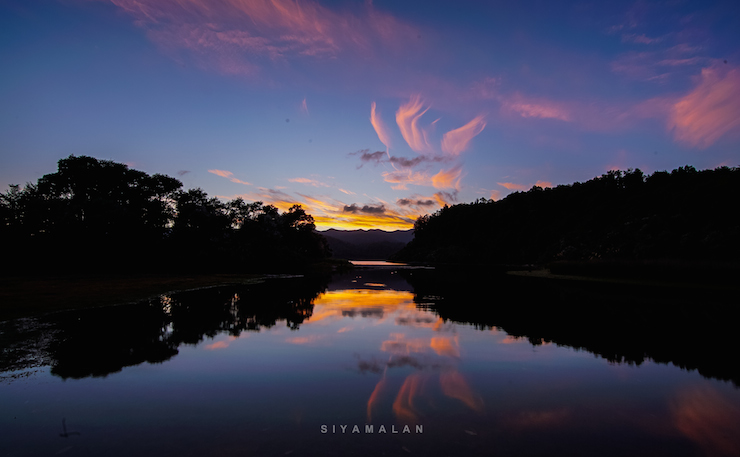
It’s about honouring the uniqueness, the essence, and the inherent value of nature. It’s a model centred on a Māori world view; that of a people who see themselves as being part of nature, and their own welfare and health being reflected back by that of their environment.
“What’s really exciting about it is it creates an entirely new, respectful, way for all parties to engage with that land and that place,” Prof. Ruru said. “A way of recognising that they have their own heartbeat, their own place, and their own identity.”
The contrast with how Australia’s Federal Government views, and disrespects, Aboriginal peoples’ relationship to the land couldn’t be starker. Just a year after the Te Urewera Act came into force, the then Australian Prime Minister Tony Abbott was deriding the “lifestyle choice” of Aboriginal people living on their homelands, and doing his darndest to drive them off.
At various other times, of course, Abbott was bemoaning Tasmania’s “locked up” forests; undermining Labor’s Commonwealth Marine Reserves, which is effectively a National Parks estate for the sea; attacking renewable energy, or calling climate change “crap”.
It’s a tradition that continues untrammelled under Malcolm Turnbull’s leadership. After all: He, like most others in the Coalition, rode in the boxcar while Abbott trained his environmental sadism on everything he could (in fact, Turnbull has even promoted Matt Canavan, a fully-fledged climate denier, to his front bench).
Interestingly though, it’s a conservative government that’s overseen the rise of ‘legal personhood’ for nature in New Zealand (although admittedly, they’ve been extraordinarily quiet about it). It seems the Australian Right simply harbours a hatred for anything with a whiff of land rights about it.
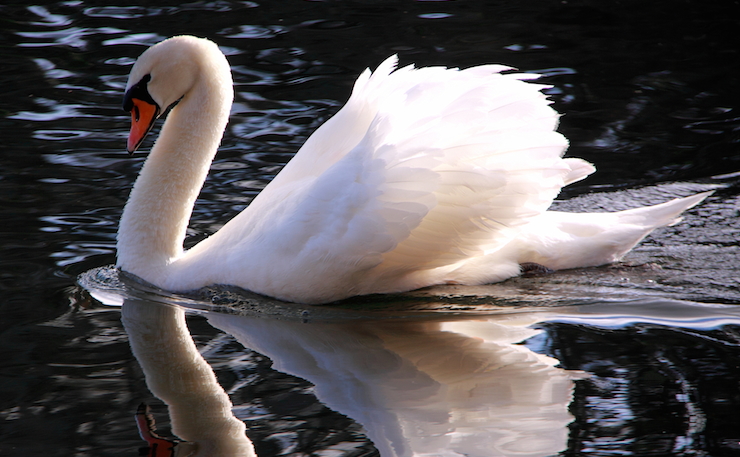
Up until recently, when Abbott was on the throne, the Emperor had literally no clothes. Turnbull should hardly be thanked for having the decency to wear a well-cut suit. There’s little to suggest that in environment or Indigenous policy he’s not cut from the same colonial cloth as Abbott, and Howard before him.
At the Melbourne Writers Festival over the weekend, Bruce Pascoe drilled down into the deeper history of that long-running mentality. A Bunurong man of the Kulin nation, and an eminent historian, Pascoe suggests that Australia “ran away from our history” early on, “and it became inconvenient to talk about Aboriginal achievement”.
“In that period where colonialism was really hitting its stride, people were just thinking about acquiring things,” he said. “Once they’d been acquired, they had to come up with a narrative for the acquisition. I think it’s just part of the colonial process, which continues to this day.”
Pascoe’s latest book takes a torch to the damaging trope of Aboriginal people as meagre, hapless wanderers; as hunter-gatherers too ‘primitive’ for complex agricultural and economic systems.
He mounts a compelling rebuttal. For one, Pascoe points out that Aboriginal people sewed, harvested and even stored vast crops of grain. He credits an unknown and uncelebrated “great Australian woman” with the invention of bread, tens of thousands of years ahead of the Egyptians. (“See what the French think about that!”)
At the Writers Festival, he explained how colonisers had unleashed sheep on the tiered Murnong crops around Melbourne, which unleashed flood and erosion in turn – and, alternatively, how young Yuin mob, on New South Wales’ South Coast, are reviving the Murnong and Kangaroo Grass crops.
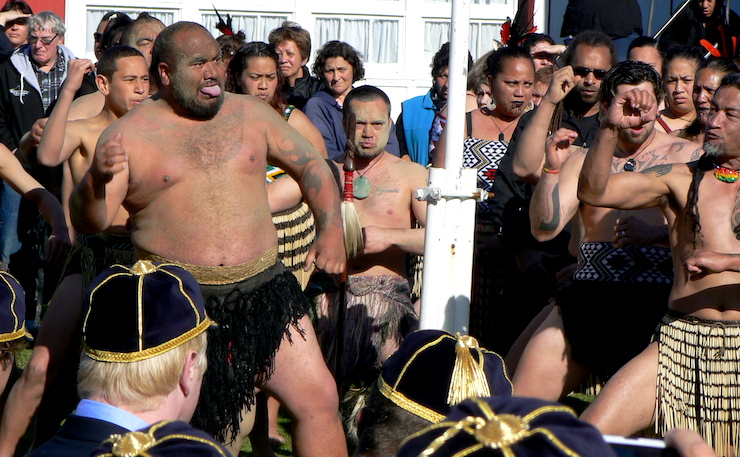
The topic of the talk was ‘revising history’. Speaking alongside Pascoe was Henry Reynolds, a historian who’s been crucial to rewriting the history of Australia’s bloody frontier wars. He explained how when he was first asked to teach Australian history, Aboriginal people weren’t even mentioned in the index of the go-to textbook at the time.
It was a bucolic Terra Nullius of noble squatters, egalitarianism, and mateship.
“I then looked up the comparable New Zealand book… and at least the first quarter or third of the book was about Māori New Zealand. And then the middle of the book was about the Māori wars, and the whole question of Treaty. The difference between Australia and New Zealand was absolutely astonishing,” Reynolds said.
A Māori woman, Prof. Ruru recounted the savageries that colonisers wrought in New Zealand, but she’s also very proud of the reconciliation process for which ‘legal personhood’ is now the leading light.
She notes that one of the four key elements that make up all of the Treaty of Waitangi ‘Settlements’ is “an extensive crown apology to the Māori tribal group for all the wrongs done”. Almost always, that apology is also recorded in Māori language. “And it is an extensive apology and there’s a lot of work that’s done on both sides to get that apology right. It means a lot,” Prof. Ruru said.
Whether the ‘legal personhood’ concept will be enlisted in other remaining Treaty Settlements beside the Whanganui River, Prof. Ruru isn’t sure. Her hope is it will one day be rolled out across the National Parks estate, which covers around one third of New Zealand – but which she said is currently legislated in a “mono-cultural,” “utilitarian,” and ultimately Western way.
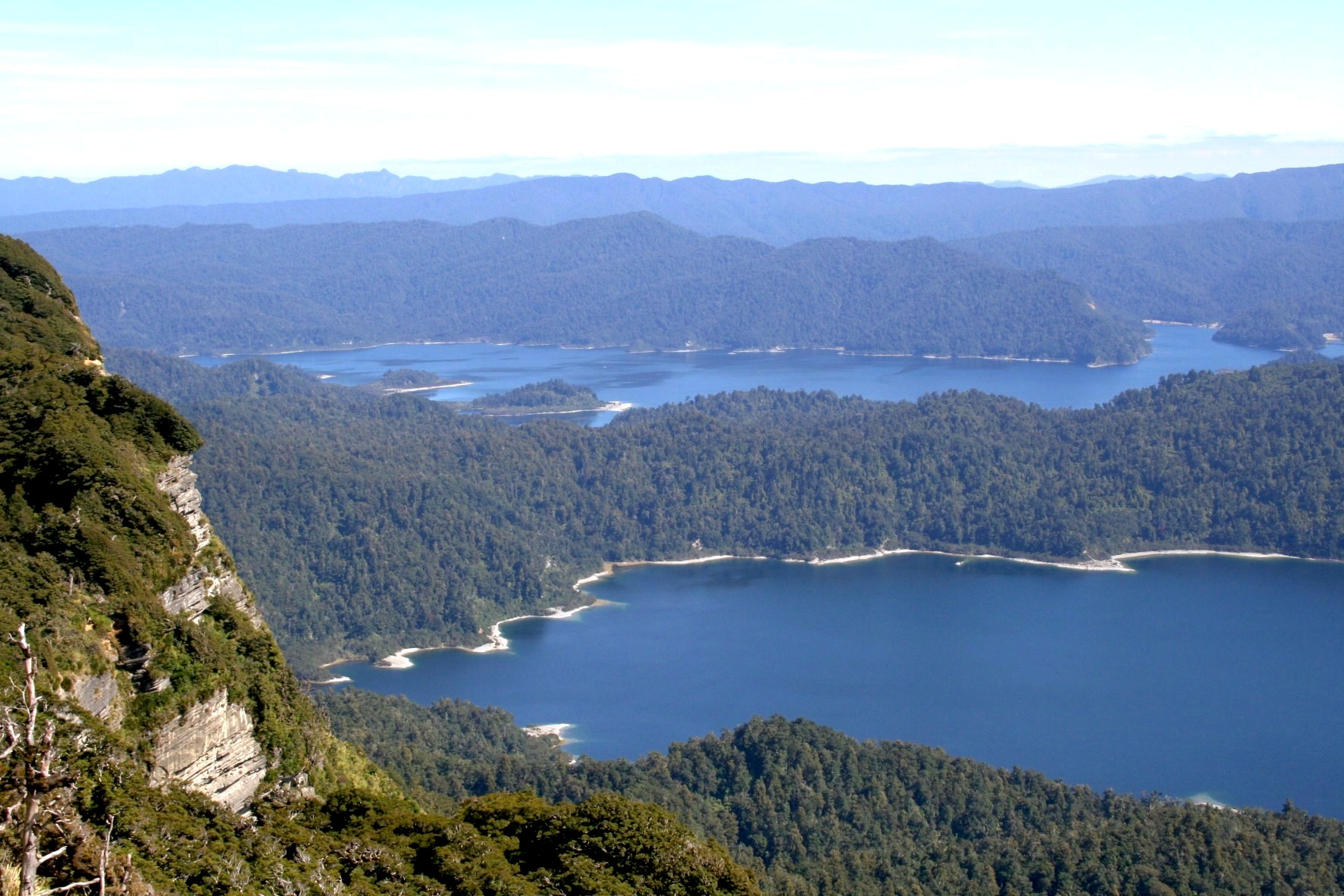
“There’s no recognition in there at all that those lands are special to Māori,” she said. “As a country we could argue [for]and create a position that all National Parks have this legal personality concept to them: That they’re not crown-owned land, and that they’re not necessarily Māori-owned land; but that they have their own heartbeat, their own place, and their own identity.”
“I think it would be incredibly significant and very important: It would represent a real [and]significant mind-shift for New Zealanders. It would represent the whole notion that Māori are here; have been here for a very long time; and have a worldview and a relationship that entirely entwines them into the landscape here in New Zealand.”
Despite soil hardened by long years of colonialism – and having “lost half our brain, in Australia” – Pascoe is hopeful that Aboriginal people too can regain a similar preeminence in their own country. He thinks that now is a fertile time for ideas like those in his latest book.
As a result of the Te Urewera Act – and in time, probably a similar instrument giving the Whanganui River legal status – the Māori relationship to land has made its way into the statute books. If ‘Te Urewera’ appears in court, the case would be argued in line with the Māori view of that land.
“There needs to be an absolute understanding in the courtroom of what that Māori worldview, or what that Māori language, means. And so that does change the court room and the way that everyone will regard both of these places,” Prof. Ruru said.
With consultations in Victoria underway, there’s more movement towards some form of treaty in Australia than there has been in a long time. It’s being discussed in the Northern Territory as well – an independent candidate who campaigned on the issue of treaty may knock off Labor’s deputy leader for the seat of Nhulunbuy.
But as the Māori understanding of nature is established in an exciting new orthodoxy, the gulf between Australia and New Zealand seems as wide as the sea that separates them.
Donate To New Matilda
New Matilda is a small, independent media outlet. We survive through reader contributions, and never losing a lawsuit. If you got something from this article, giving something back helps us to continue speaking truth to power. Every little bit counts.

